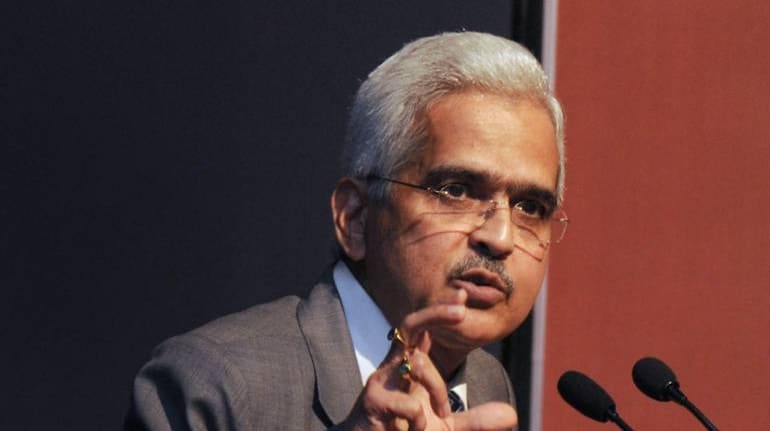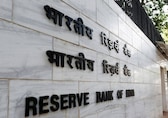RBI Monetary Policy: There is nothing that has dramatically changed since the last policy, except a minor improvement in the growth situation. While the high inflation level may prompt some in the MPC to look at policy tightening as a conventional response, it is highly unlikely that the panel would want to shock the early, feeble growth signs of growth with a rate hike
Most analysts expect the monetary policy committee (MPC), which sets the key policy rates in India, to retain the rates this week after the three-day meeting (December 2-4). Inflation and growth are the key factors that decide the course of monetary policy. The rate panel takes a view looking at the growth-inflation dynamics.
To put it in simply, higher inflation warrants, typically, a tighter monetary policy (hike in key rates) whereas falling economic growth calls for lower interest rates. The idea is lower rates spur demand and economic activity.
But inflation is too high
As of now, retail inflation (which the MPC looks at for policy action) remains sticky. In October, retail inflation stood at 7.61 per cent, the highest in six years (Since May, 2014). Food inflation remains the villain in the story.
Inflation risks remaining high would mean the central bank needs to tighten rates. But, as noted above, there is a general consensus that the MPC is likely to hold rates for now.
A recession is here
But, the time is not yet conducive for a rate hike. True, the second quarter GDP numbers came better than expected but the growth scenario remains worrying. Unemployment, business sentiments and consumer confidence do not give the policymakers any encouraging signals.
Technically, two consecutive quarters of contraction in growth mean a recession. We are officially in the midst of a recession.
Certain indicators such as the lower-than-expected requests for loan recasts, auto sales and sales trends across sectors indicate that some sort of recovery is taking shape in the economy, albeit gradually. But, there is nothing out there to cheer.
Fear of Covid resurgence
Added to this is the fear of another pandemic resurgence. While the prospects of a Covid-19 vaccine have become brighter, the mass availability of a vaccine is expected to happen only by the middle of next year, according to several experts. Until then, the economy will have to live with the risks of a Covid-19 resurgence.
The MPC will have to guard against such an eventuality and its subsequent impact on the recovery process. The fear of many States going back to a full scale lockdown cannot be ruled out.
The point is that while the high inflation level may prompt some in the MPC to look at policy tightening as a conventional response, the present growth scenario warrants unconventional thinking — ignore the near-term inflationary risks and focus on growth recovery. It is highly unlikely that the MPC would want to shock the early, feeble growth signals with a rate hike. It would rather maintain the status quo.
Liquidity focus
But monetary policy is not just about rates. While the MPC may hold the rates, the liquidity front could be where the action takes place. The abundant liquidity floating around in the system has caused short-term rates to crash.
Some borrowing at less than 3 per cent from the markets issuing 91-day CPs surprised dealers last week. Some mutual funds (MFs) were deploying surplus funds at corporate paper short-term rates that were too low, treasury dealers said. Banks have been parking a huge amount of money in the reverse repo window in the recent past.
High inflation is partly attributed to excess liquidity in the system. In this backdrop, the RBI may announce measures to absorb the excess liquidity in the system by offering bonds in special auctions.
The RBI has been maintaining an accommodative stance (which essentially means it is willing to cut rates or remain on hold). The MPC kept the key rates unchanged in the October policy review and continued with the accommodative stance to support growth. Since February 2019, the central bank has cut the key lending rate by 250 bps.
Policy cues
If one goes by the October policy cues, the majority of the MPC panel is of the view that growth requires maximum attention amidst the pandemic rather than inflation. The minutes of the RBI’s MPC meeting of October 7-9 shows the rate setting panel is more worried about nosediving economic growth than high inflation, and will look for room for rate cuts if inflation eases to support growth.
“I recognise that there exists space for future rate cuts if inflation evolves in line with our expectations. This space needs to be used judiciously to support recovery in growth,” said RBI Governor Shaktikanta Das in the October policy minutes.
Michael Patra, deputy governor, even said it may take years for the economy to regain the lost output. “The projections of real GDP growth for 2020-21 that are set out for the first time in the MPC’s resolution provide a sense of the wounds on the soul of the economy inflicted by COVID-19,” Patra stated.
The MPC had said it would maintain an ‘accommodative’ stance “as long as necessary”, at least through this financial year and perhaps the next fiscal year to support growth.
Follow Moneycontrol's entire RBI Monetary Policy coverage here.
There is nothing that has dramatically changed since the last policy, except a minor improvement in the growth weakness, to change that stance. Hence, this week, the RBI policy is likely to largely be a non-event.












_2020091018165303jzv.jpg)




























